Meet the Doctor Who Fan Behind Allendale's Museum of Classic Sci-Fi
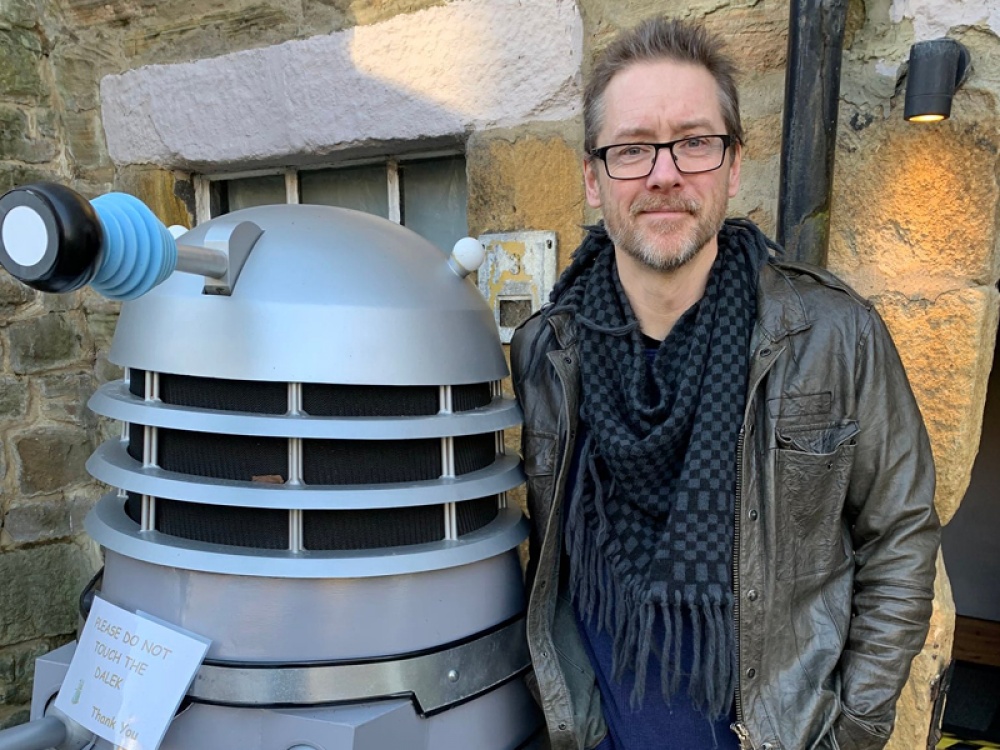
Since it first broadcast in 1963, Doctor Who has become a staple of British childhoods - here's why Allendale is the place to go for fans old and new
‘I was five in 1975, and at that point Doctor Who was about the only sci-fi programme on telly,’ says Neil, recalling the experience that would inspire him to open his own museum 43 years later in 2018. ‘They had a Blackpool exhibition and I remember begging my dad to take me. It was a bright summer's day and there, on the pier, was the TARDIS (which stands for Time and Relative Dimensions in Space, of course). I walked through the TARDIS door and there was a Dalek at the top of the stairs telling you not to smoke. You went down the stairs and you were bathed in coloured light and there was a radiophonic sound from the programme…
‘These were the actual props that had literally just come off the set,’ Neil continues. ‘There was no CGI so they had to build everything physically. That was the day that I knew I wanted to do something,’ he says. ‘I never let go of that dream. I always wanted to rekindle that experience I got when I was five.’
Before opening the museum, Neil spent 20 years working as an art teacher and running his school’s Doctor Who Club, at which he screened episodes from the programme’s history for the newest generation of fans.
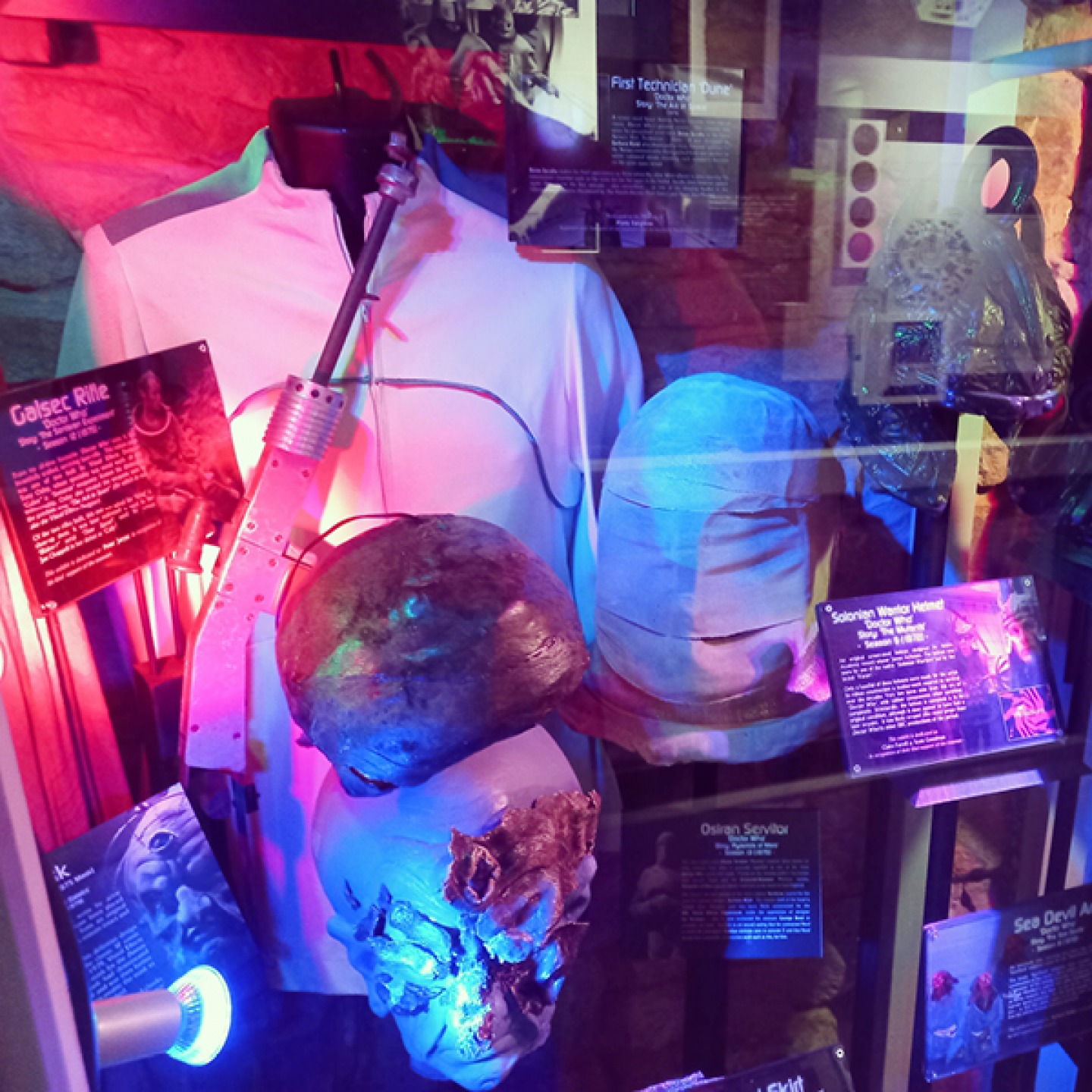
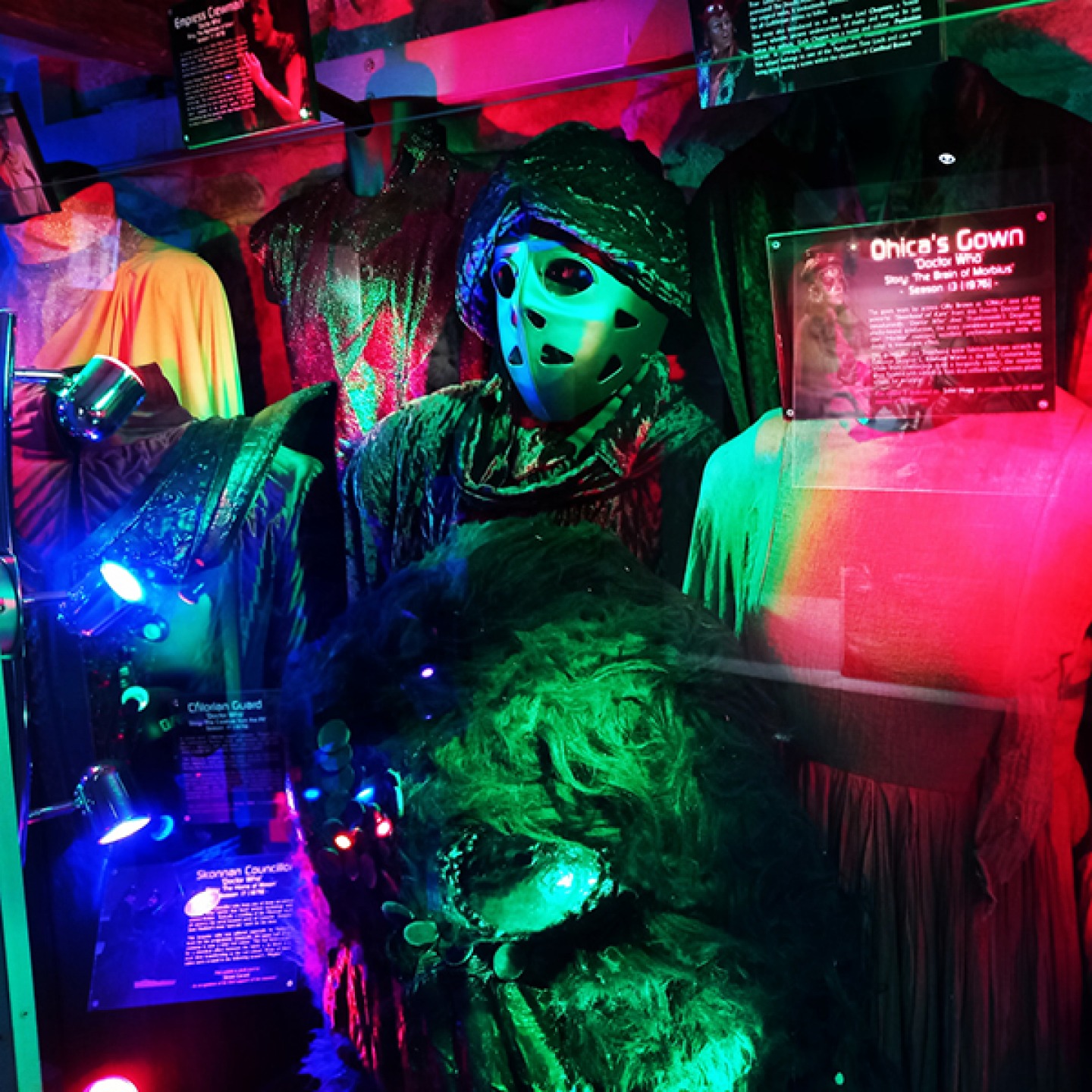
Then, in 2015, a dilapidated Georgian townhouse in Allendale finally presented him with a premises for his dream museum. ‘It was a two-year process of restoring the cellar,’ he says, explaining that although he had lot of help from family, friends and former pupils, he still found himself working on the restoration until two in the morning, in between teaching and caring for his two sons.
In 2018 the museum could finally open. Neil says that items related to Doctor Who now account for just over 50 percent of the museum’s displays, but there are plenty of treasures from across the genre. ‘I learned to read with Marvel Comics, so I've got a Marvel display,’ he says. ‘I've had amazing donations: a person who worked on the very first Star Wars donated me a prototype Stormtrooper from 1976 that he made for the film.’
However, his greatest passion continues to be painstakingly restoring and preserving the remnants of Doctor Who’s six decades on screen. ‘The monsters were in a terrible condition,’ he says, referring to the props that have struck everything from abject terror to longstanding affection into the hearts of viewers. ‘Very wealthy collectors tended to just want something they could display and they didn't want to do the work,’ he explains.
‘The big collector money goes on Daleks and Cybermen: people ignore some of the most wonderful one-off monsters,’ he continues. ‘I've got the point where I've got Dalek apathy. They're great – I mean, I love them,’ he quickly clarifies, ‘but I love some of those really odd monsters.’
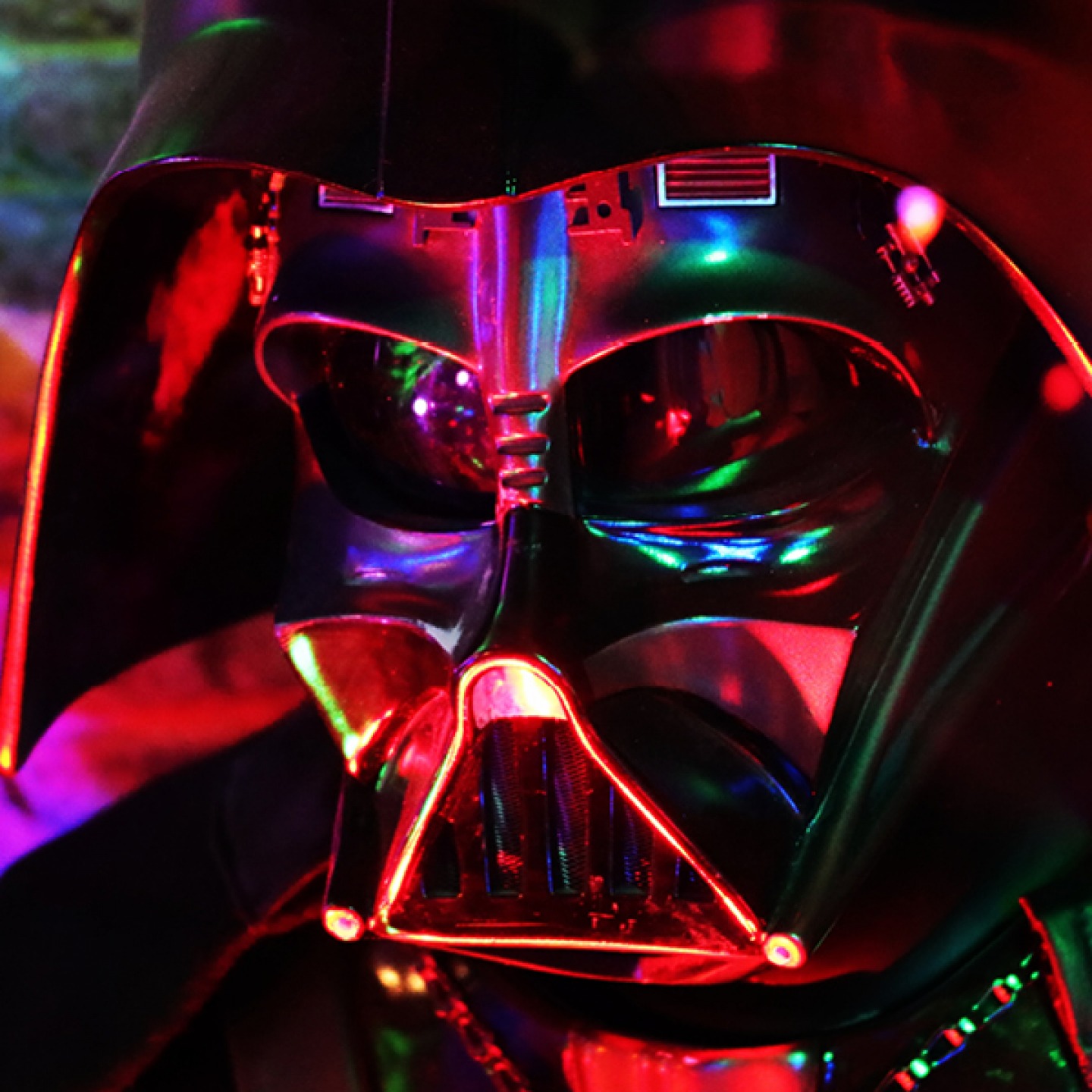
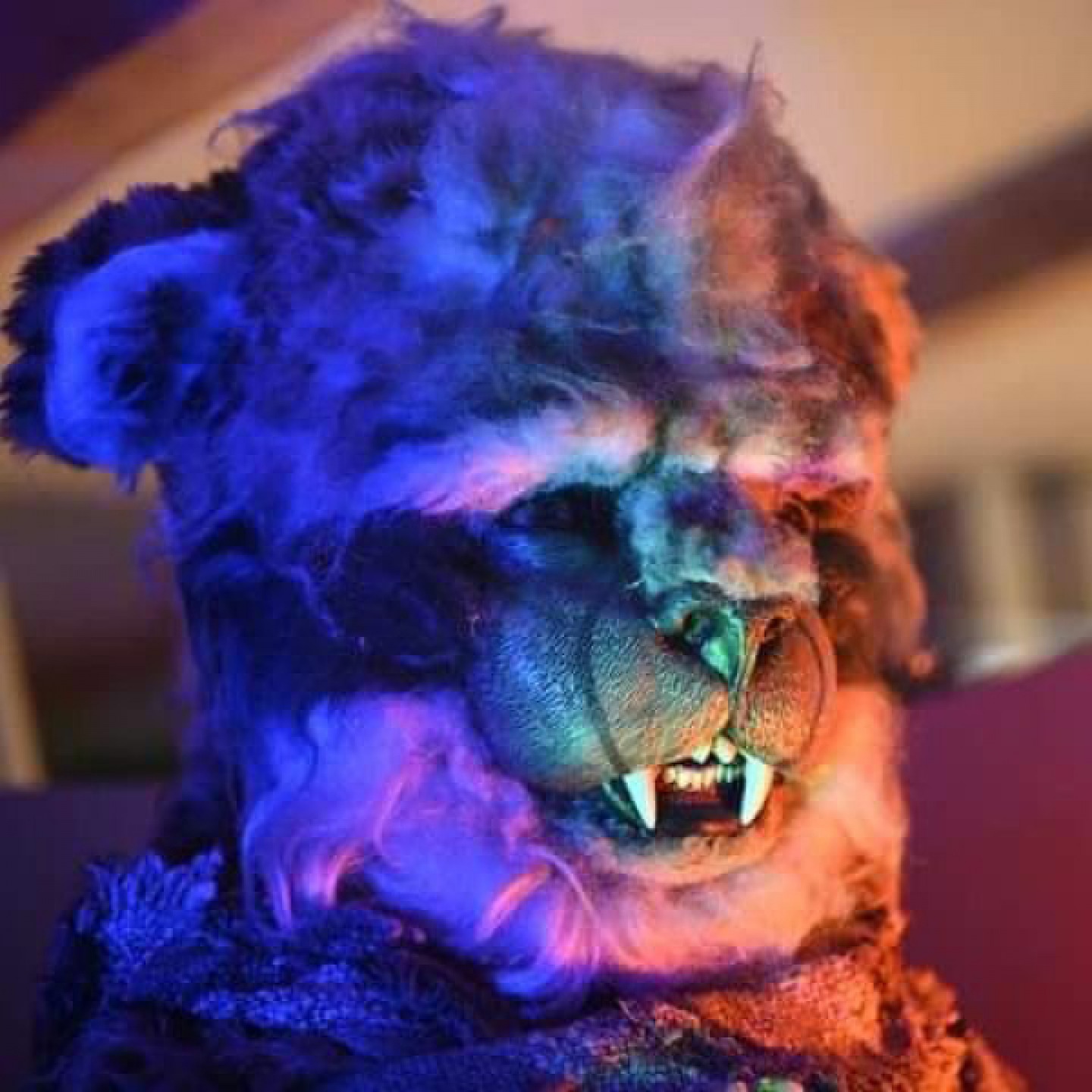
He reels off lists of monsters that now call the museum home, from one of the only ‘surviving’ Terileptils from 1982’s The Visitation, to a Loch Ness Monster from 1975’s The Terror of the Zygons donated by special effects artist Mike Tucker and, I am horrified to learn, a Weeping Angel that he is in the process of restoring.
Interestingly, Neil says that items from more recent series are often the most fragile, due to the lighter, more aerated rubber used to create them. The decision on how to best restore a piece, whether that mean sculpting, re-painting, or rehydrating crumbling rubber, is made on a case-by-case basis. ‘I've got the original Davros mask from 1975… or rather what is left of it,’ says Neil. ‘I thought “if I sculpt this back the original bits are gonna get lost”, so I've arranged the bits that are left around a casting of fibreglass, fresh cast from the original mould. To me, this is as serious a process as looking at Roman centurion armour.’
It's clear (as it would be to anyone, like me, who once loved Doctor Who Confidential as much as the show itself) that the artistry of the show is integral to its appeal. ‘Doctor Who fans have this fascination with how things are made,’ explains Neil. ‘I look at Doctor Who as part of our artistic culture. It's like the English Heritage of the science fiction world.’







